Copyrights
Information about copyrights and about situations when study (and other) material is produced online.
Additional information about copyrights
- OpeRight (copyright in teaching, in Finnish and Swedish)
- Copyright in Finland
- Copyright Information and Anti-Piracy Centre
- Aalto University’s Copyright Guide
You can ask for more information from the university’s lawyers through the HelpJYU-portal.


